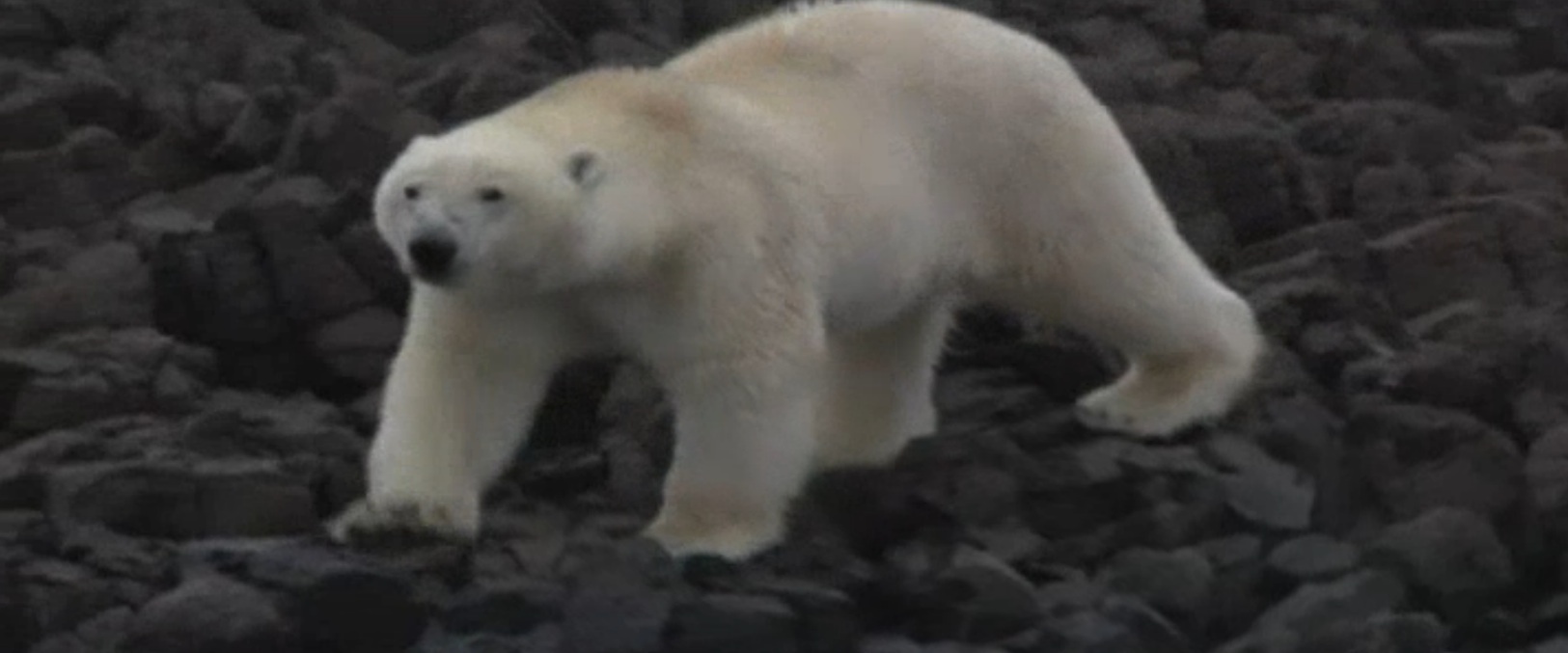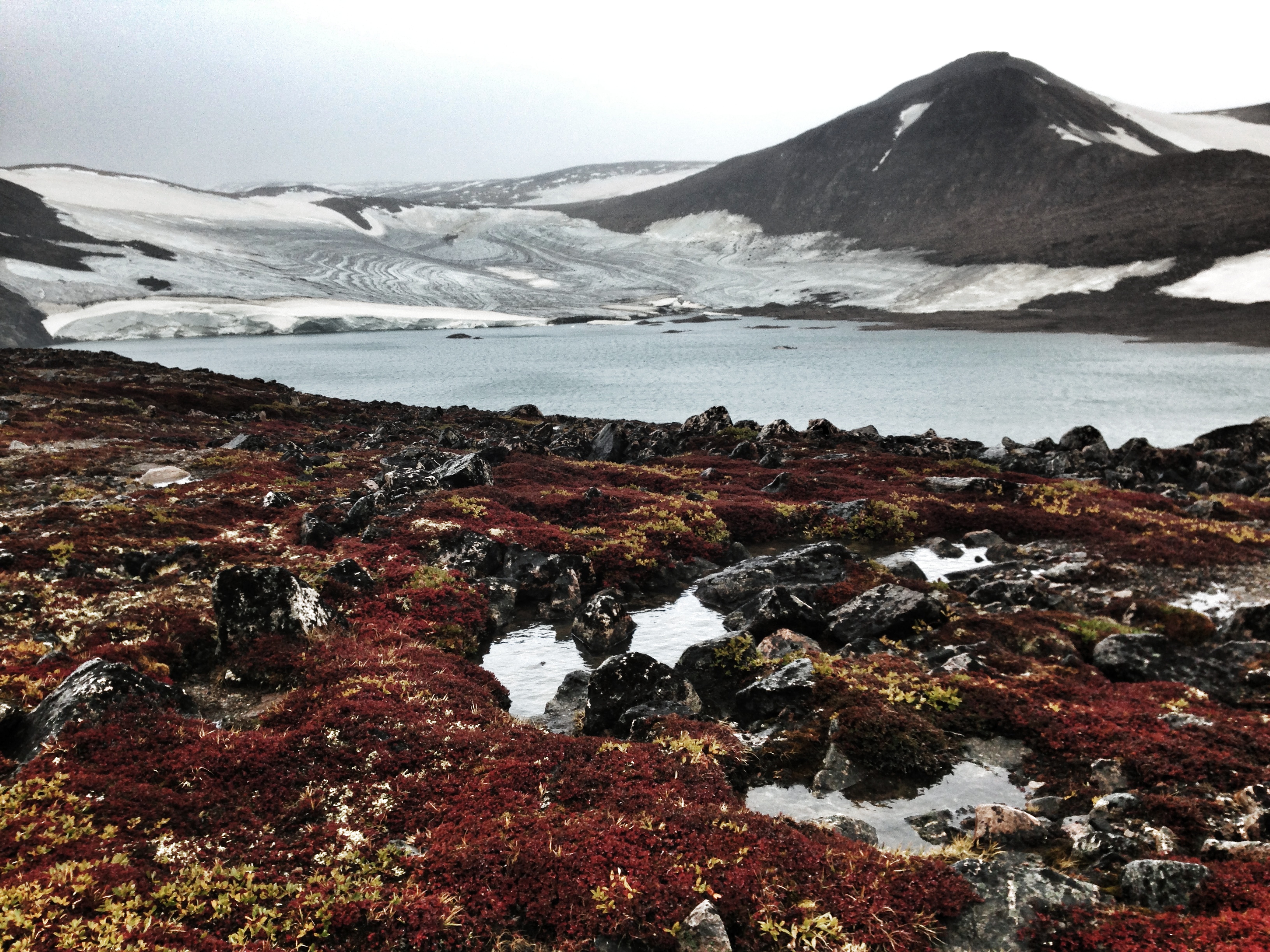
It's 8 o'clock on a crisp Greenland evening. The air tastes like a fresh bubbling spring, the result of the steady gusts of wind blowing over the nearby glacier, my guide explains. A puff of diesel pollutes my senses as we bounce our way over this jagged landscape of rock and ice on an ATV. The small hunting village of Ittoqqortoormiit is on Greenland's northeast coast. The 477 Inuits who call this territory home live in isolation and relative peace. But today we're on the look-out for an unlikely predator.
"They come very early in the morning and very late at night," my guide Erling Madsen shouts over the engine and the waves of Walrus Bay crashing against a 50-foot cliff two feet from where our wheels grind earth. We're heading to where that predator was first spotted. "A hunter called me. He saw it heading into town," Madsen said, his rifle strapped to my back as I hold on tightly to his shoulders.
Ittoqqortoormiit is one of the most remote villages in the Western Hemisphere. Not a single road connects the community to the rest of the world. Only a bumpy helicopter ride in and out once a week takes visitors to a world where seal fur and musk ox meat are popular forms of currency. Global trends have filtered through over the years, but usually after the rest of the world has moved on. Justin Bieber's "Baby" is a current favorite among the village's small teen population.
When it comes to climate change, however, there is a new world order and Ittoqqortoormiit is on the frontlines. Earlier this year scientists reported that the U.S. climate has changed as a result of global warming. "Summers are longer and hotter... Winters are generally shorter and warmer," the report explained. This is old news to a town that straddles Greenland's ice sheet—or what scientists call ground zero for climate change.
"We have a front row seat," said Madsen as we disembarked from our ATV. Madsen used to be the mayor of this northeastern territory, but today he acts like a sheriff. "Those are his tracks," he says pointing to depressions in the ground. The threat? Polar bears.
As the ice here has thinned due to climate change, polar bears are unable to reach seals, their meal of choice. For the first time in the town's history, they are abandoning their icy homes and heading into town looking for food. Unlike raccoons in suburban America, the polar bear doesn't scatter into the night if confronted by man. "I get calls mostly from concerned parents. They want me to patrol the town before their children go to school and in the evenings when their husbands return from hunting," Madsen explained.
The tracks we found indicate the bear turned around. "He'll likely come back tomorrow morning," Madsen said. Polar bear conflict with humans is on the rise around the Arctic Circle causing Inuit communities throughout the region to adapt, including creating "bear patrols," such as the one led by Madsen. Not a single polar bear came into town a decade ago; last year 40 visited, Madsen says. The patrol was created in association with the World Wildlife Fund to help maintain the safety of humans and the threatened species.
"We first noticed changes five years ago. Summer now lasts longer. It used to be two months. Now it's grown to three," a seal hunter told me over a beer at the village's only watering hole. The no-name shack is only open a few hours on Friday and has a dusty jukebox. Abba's "Dancing Queen" was playing in the background. "We used to be able to shoot seals right from the windows of our homes. Now we spend hours traveling by boat to get to the ice where they are," he added.
The following morning, I was awakened by a knock on my door. A polar bear had been spotted and a crew was heading out on the boat. I tagged along while a hunter, who introduced himself as Yelmer, scanned the coast looking for the bear. That fresh bubbling-spring air now felt like needles as we sped over the choppy water, spray going everywhere. As we searched on water, men patrolled on foot. It was 8 o'clock in the morning and children were getting ready to head to school. They were kept inside until the bear was spotted.
Back on our boat, we found the threat, rummaging through garbage about 15 yards away. "He's small, hungry," Yelmer said gesturing with his hand. The sight of us scared him off. We watched as his thin, almost sickly frame disappear into the hills. Fortunately no villager has been injured, but one aggressive bear had to be killed. It's a problem some scientists say will likely get worse with time.




